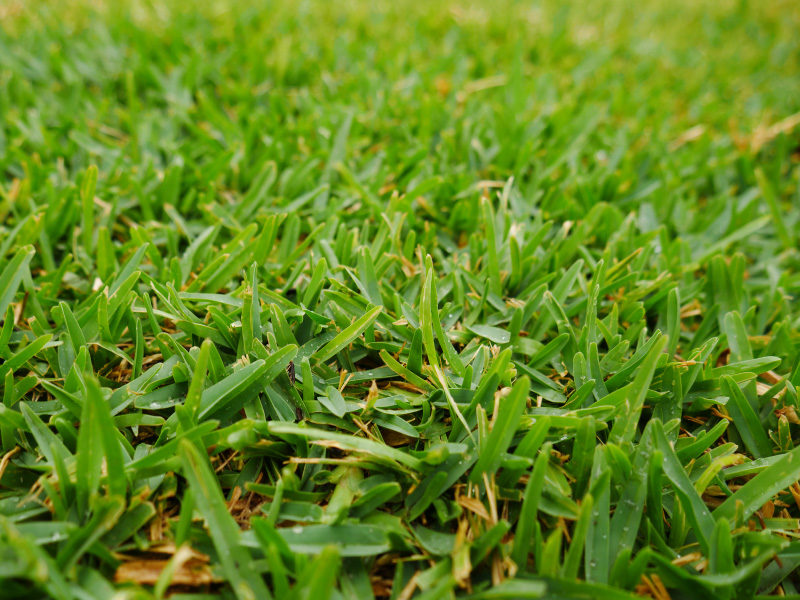Getting through summer, with its extreme heat, dryness and wind, can be tough for humans, let alone your grass. The extremes of the harsh summer weather can cause extra stress on your lawn, which is exacerbated by the fact that your lawn is most likely getting more use than normal during the longer, warmer days. It’s important to be able to enjoy and use your lawn during the summer months, but you don’t want to stress it out too much. Get going on these summer lawn jobs to make sure your lawn survives the worst of the summer weather unscathed and stays lush, green and healthy all year round.
Get the watering right
You’ll need:
- A hose, sprinkler or watering can (depending on your level of water restrictions)
- A screwdriver
You might be tempted to water the lawn more often in summer to prevent it drying out. This is a mistake, as all this does is create a shallow-rooted lawn that will become easily stressed and dried out. Instead, you need to train the lawn to become more drought tolerant by watering the grass less often, but for longer periods of time. This promotes deeper root growth by allowing the water to penetrate more deeply into the soil. A less frequent, long drink is better over the long term for the grass than frequent, shallow waterings.
Read more about how to establish a more drought-tolerant lawn here.
Having said this however, your lawn will require extra waterings during excessive heat conditions in summer. You’ll need to keep a check on your grass to determine just when it needs watering – and only water it when it does.
Your lawn needs watering if:
- It’s starting to wilt
- It’s starting to lose colour
- You can see your footprints when you walk across the lawn
- You can’t easily insert a screwdriver into the ground
- You can see gaps in the soil
The best time to water the lawn is early in the morning before 10.00am, as the air is cooler then and evaporation will be slower than in the heat of the day. Don’t water at night either, as water left sitting on the grass overnight may cause lawn diseases.
Mow smart
You’ll need:
- A mower
- Good, sharp mower blades
Over summer, raise your mowing height and leave the grass a little longer to prevent it from becoming stressed in the heat of summer. This will help the grass retain that much-needed moisture and insulate the soil from water evaporation. It can be tempting to mow the grass shorter to reduce the frequency of mowings but aim to mow your lawn to around 3 – 4cm in length throughout summer.
The coolness of the late afternoon or evening is the best time to get mowing. Heat stress (to both yourself and the lawn) can be caused by mowing in the middle of the day. Diseases and fungus can be caused by mowing too early in the morning when the grass is still wet. Avoid these times and stick to the evening – your grass will thank you.
Give it a good dose of fertiliser
You’ll need:
- A good quality lawn fertiliser that’s appropriate for your variety of lawn
Fertilising in summer is a good idea for your lawn, as it’s in the middle of its rapid growth season, and fertilising will give it a good boost of health and strength. Fertilising is best down at the start of summer, so that your lawn can stay in top shape and sail through the harsh conditions of summer.
You’ll know it’s time to fertilise if:
- Your lawn is starting to lose colour
- Your lawn is starting to look yellow
- Your lawn has dead or faded patches
Fertilise the grass with an appropriate good quality lawn fertiliser and always follow the instructions on the pack.
For a range of Horsham’s quality lawn fertilisers, click here.
Don’t let the weeds and pests get out of hand
You’ll need:
- A weed/pest identification strategy
- Appropriate weed/pest treatment
Summer is a great time for weeds, as it’s a good growing season for them as well. If you’re not careful they’ll weasel their way into your lawn and be spreading their seeds once autumn rolls around. Get on top of any weeds before this happens and the problem becomes much harder to control.
Identify any weeds you find creeping into your lawn (contact your local lawn care professional for help if necessary). Also keep an eye out for pests that you may not see easily, such as black beetles. If you see signs of moths or grubs, and thin, bare patches in the grass, this might be a sign that black beetles are making your lawn their home. Make sure you know what pests are common in your variety of grass and local area, and familiarise yourself with the signs to look for.
Once you know what you’re up against, apply an appropriate weed or pest treatment, making sure you follow the instructions on the pack. In some cases, hand removal might be the best option, while in others it might involve chemical or spot treatment.
Learn how to get rid of clover in your lawn here.
Let some air in
You’ll need:
- An aerator (can be hired if you don’t have one yourself) or garden fork
- A supply of top dressing
- A period of time when it’s possible to stay off the lawn
- A screwdriver
After months of enduring excessive summer traffic and wear and tear caused by humans, pets and backyard sports, your lawn might be looking a little worse for wear. It’s common for lawns to become compacted and full of thatch after periods of heavy use. If you think your lawn is suffering from compaction, it’s probably time to aerate it before the cooler weather arrives. Your lawn will really appreciate being aerated, as this will not only reduce soil compaction and thatch, but will also allow more air, water and nutrients to get into the lawn and will stimulate new root growth. The end of summer is an ideal time to give your lawn all these benefits, as the grass is still in its growing season and will be more able to fill in the holes created by aeration.
It’s time to aerate your lawn if:
- Water pools on the lawn after rain falls
- The thatch layer is thicker than half an inch
- You have trouble inserting a screwdriver into the soil
- You’ve had a lot of vehicle traffic on the lawn recently (driving and parking)
- Your grass is starting to look thin and patchy
To begin, mow your lawn (but don’t leave the grass clippings on it this time). Then give it a good water the day before you’re planning to aerate, as aeration works much better if the soil contains some moisture. Use the aerator or garden fork to work your way over the lawn and really break up the soil. For especially compacted areas, you might need to go over the soil more than once.
Once you’ve let some air in, apply a good quality top dressing to the lawn (follow the instructions on the packet, and make sure you water it in well or apply it before rain is due). You’ll have to stay off your lawn for a week once this has been done, so choose your time wisely. If you’re heading off on holidays, top dress the lawn before you go.
Don’t let the harsh Australian summer scorch your lawn. Follow these tips and your lawn will survive the hot conditions unscathed – and you’ll be free to enjoy the time you spend outdoors this summer.

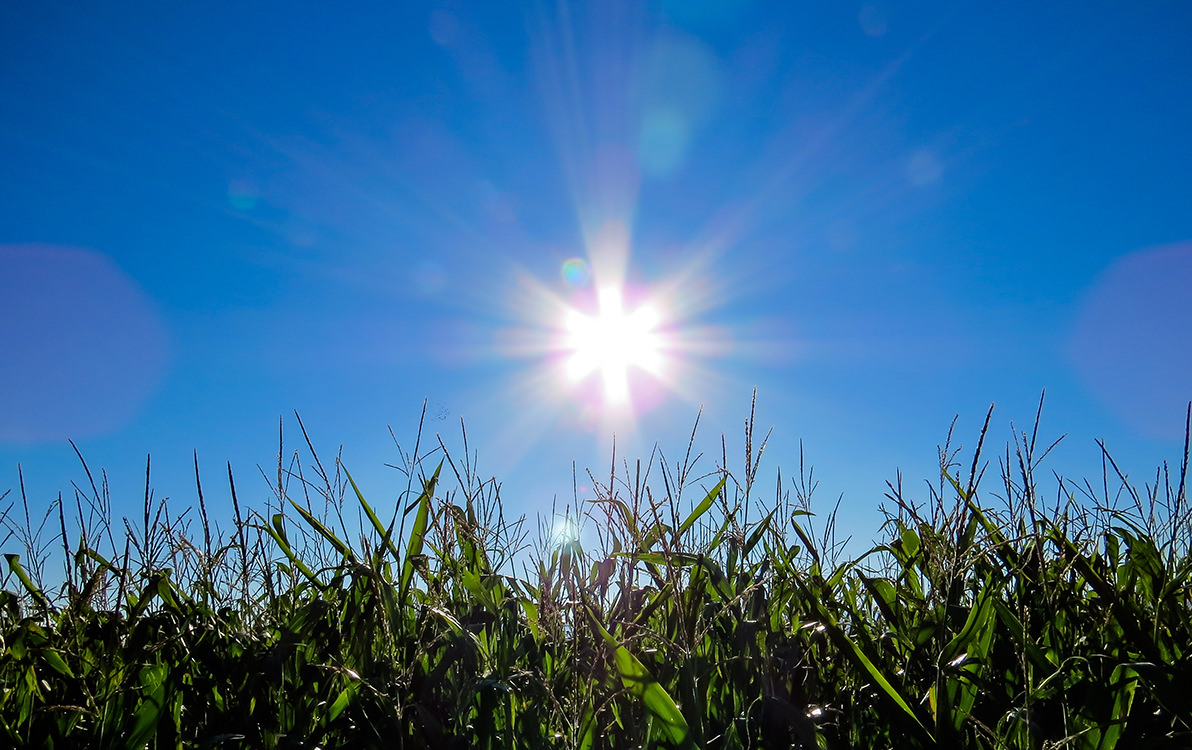
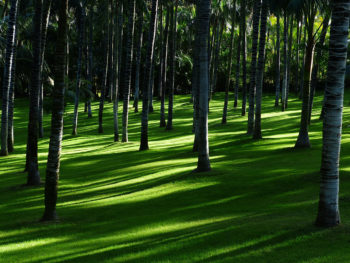
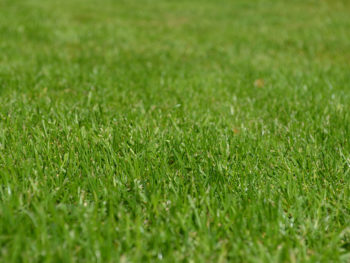
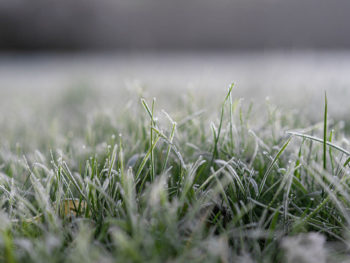
 How to get a more drought-tolerant lawn this summer
How to get a more drought-tolerant lawn this summer
